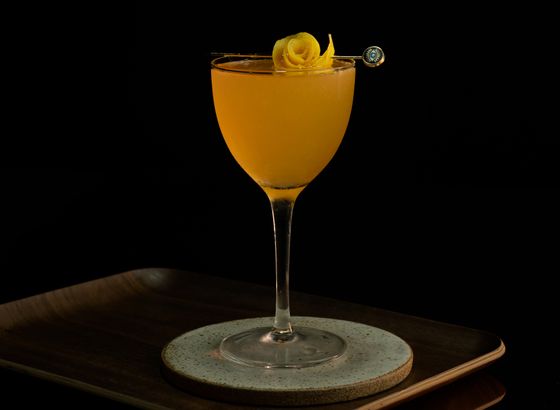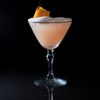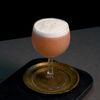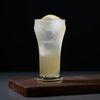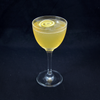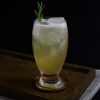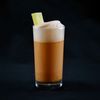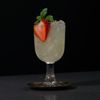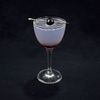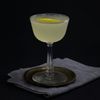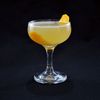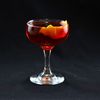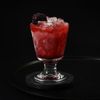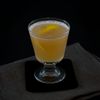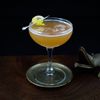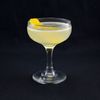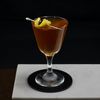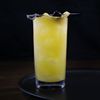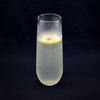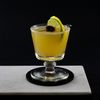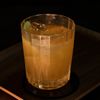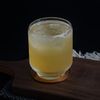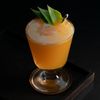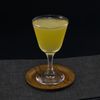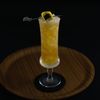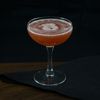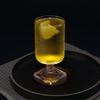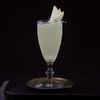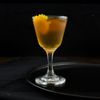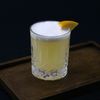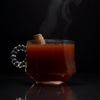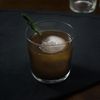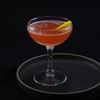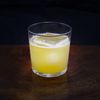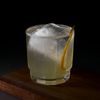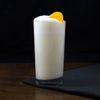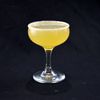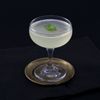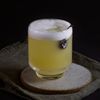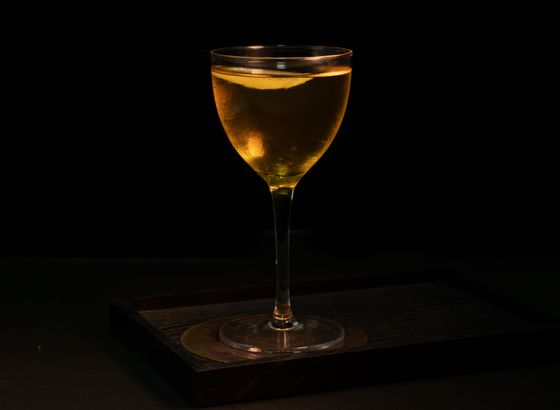
No. 220: Poet's Dream
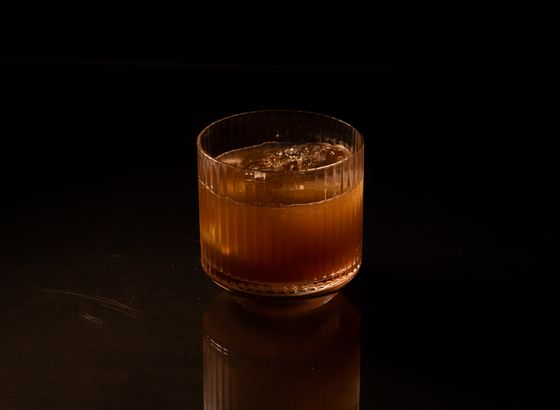
No. 222: Tango Nuevo

No. 37: Sleepy Resurrection
lemon
One of the fundamental cocktail ingredients, lemon offers a clean, quick-hitting dose of brightness
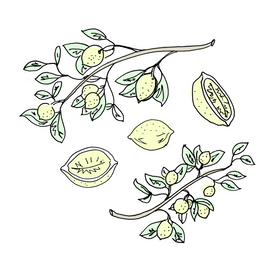
Lemon has been a popular addition to mixed drinks since the earliest recipes were put to paper. In the 1700s it was used as a popular addition to large punches, as the fruit helped perk up the acidity level of the mixture and, when mixed with sugar and spices, could offset the often dubious quality of the base spirit. In the carribean, various imported fruits were combined to make what is now called planter's punch. In the states, it was frequently used to perk up punches like the negus punch and philadelphia fish house punch.
In the 1800s punch began to evolve into new, individually served drinks as manufactured straws and ice became more readily available. As David Wonderich notes in Imbibe!,: “The glass of Punch went forth in the new land and multiplied, begetting a whole host of other drinks. Even the Cobbler, an unpunchy drink if ever there was one, can be seen as one of its offshoots, combining as it does wine, sugar, ice, and a couple of slices of citrus shaken in.” Indeed, lemon followed this transformation and became a popular adornment atop afternoon drinks like the sherry cobbler, morning sippers like the morning glory fizz, and dinner accompaniments like the whiskey sour and brandy crusta. That final drink would become a precursor to a host of sours served up, as the shaker slowly replaced the toddy stick and bars at the turn of century began fixing things like the sidecar, aviation, and last word.
lemon juice • 50 recipes »
Unlike bottled spirits, which are typically manufactured and tested for consistency, lemons are a natural product of the earth and therefore vary in flavor and acidity. Of course, industry is always apt to solve nature’s “inefficiencies”, and as such bottled lemon can be procured at any supermarket. You will never see us recommend this stuff, and for good reason: it tastes really bad. We wouldn’t use it in our food, our cocktails, or to clean our floors, if we did that kind of thing. Yes, lemons are annoying to juice and vary in flavor, but if you wanted something easy, why not stick to jack and coke? Working with fresh lemons adds a new variable, but nothing that can’t be easily handled: before you serve any drink, pour a little bit into a shot glass. Try the drink, and add additional sweetener if the lemons are higher in acidity. If you are familiar with the straw trick; don’t use it. The nose of the drink greatly affects your perception of the drink’s balance; something that the straw trick doesn’t account for.
How you juice your lemons can change the way your drink tastes. Pulp, seeds, and other impurities can be macerated into the liquid, imbibing bitterness into the mixture. In his book Liquid Intelligence, Dave Arnold writes “Forget hand reamers; they suck. Upright lever-pull citrus presses are good for grapefruits that won’t fit in smaller hand presses, but they are slow. The best small-citrus press is the lowly swing-away hand press.” We generally agree with Dave. If you don’t already have a hand press, we suggest a stainless one, as anything with fun colors will quickly be compromised by repeat exposure to acidity. Lemon and Lime have nearly identical degrees of acidity (Arnold clocks it at 6%) which would theoretically make them interchangeable, but generally speaking this isn’t true. Lemon is mostly citric acid, while lime is a combination of citric and malic acid, giving it a much smoother, fruitier taste. Drinks like the jack rose, aviation, and presbyterian are all excellent places to start.
lemon peel • 24 recipes »
Fresh lemon peel is more than just a pretty decoration: the oils locked in the peel of lemon have a very different scent that that contained in the juice. If you pick up a glass of lemon juice and smell it, you won’t notice much. In fact: if you ever bottle lemon and lime juice for a party, you would be wise to label them, as they are ripe for mixing up. Peel is where the lemon flavor that we taste in candies and cakes is actually found, and when you twist or bruise a lemon peel, you are imparting the same wonderful scent to your drink. Classics like the brandy crusta, sazerac, clover club, and martinez all show the wonderful and amazing power of the peel.
lemon twist • 11 recipes »
A lemon twist will impart similar qualities as a lemon peel, but the lower surface area reduces the impact for more delicate flavor profiles. This is great in delicate gin drinks like the martini, turf, and fair Harvard. Making lemon twists is easiest with a citrus zester, but if you don’t have one, try making a lemon peel with a traditional peeler, then cutting it into thin strips with a knife. The extra legwork might rub off a bit of the oil, but it won’t ruin the drink. Peeling the citrus over the drink will mist even more oil onto the glass, amplifying the impact. This isn’t always necessary, and depends on the drink.
lemon wheel • 2 recipes »
A lemon wheel is a bit showier than a peel. To make one, choose a smaller lemon and slice the end off. Make another cut a few millimeters into the lemon, slicing off a circular wheel. You can make one more slit halfway down the middle of the slice for placing on the edge of the glass.


No. 222: Tango Nuevo

No. 220: Poet's Dream
